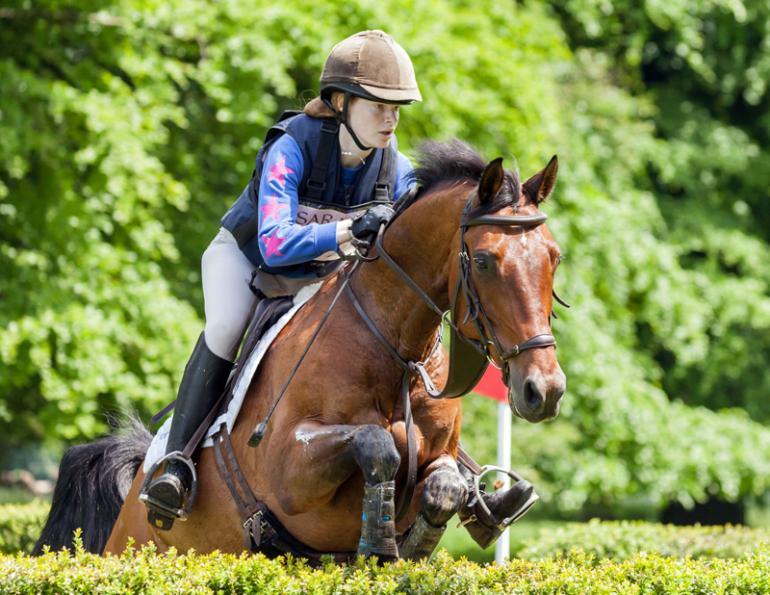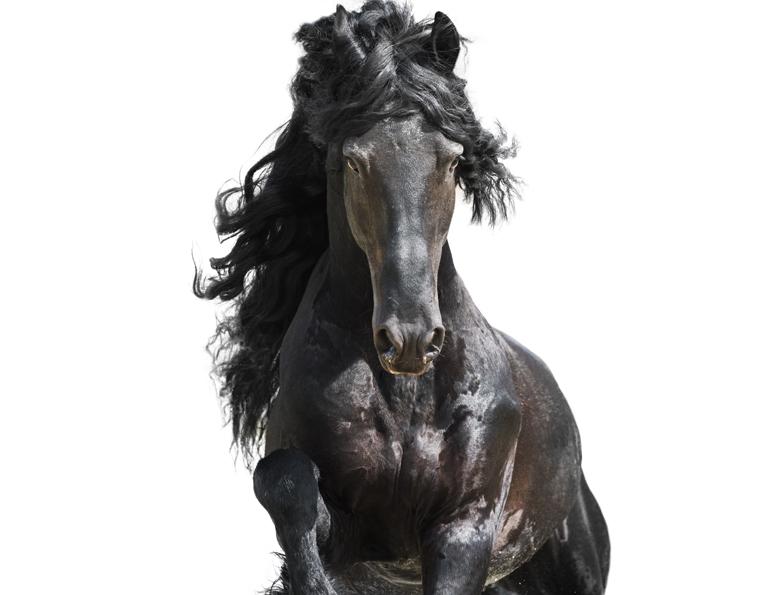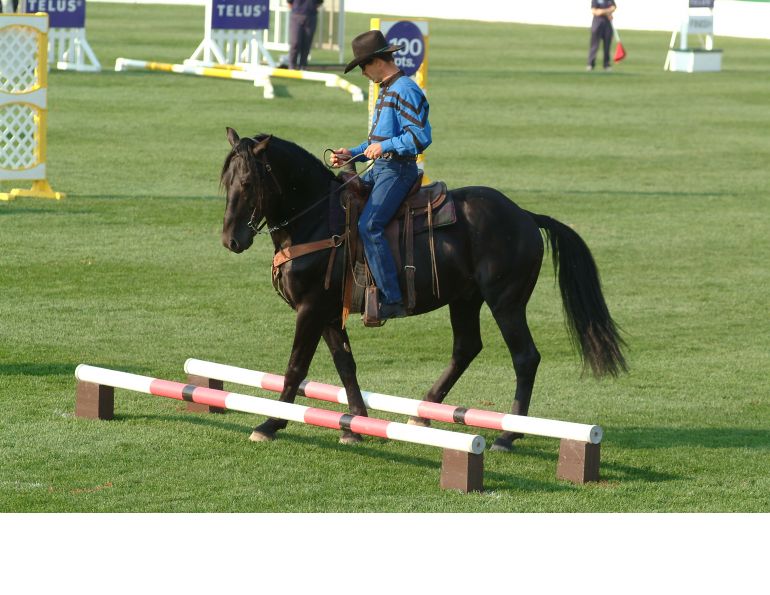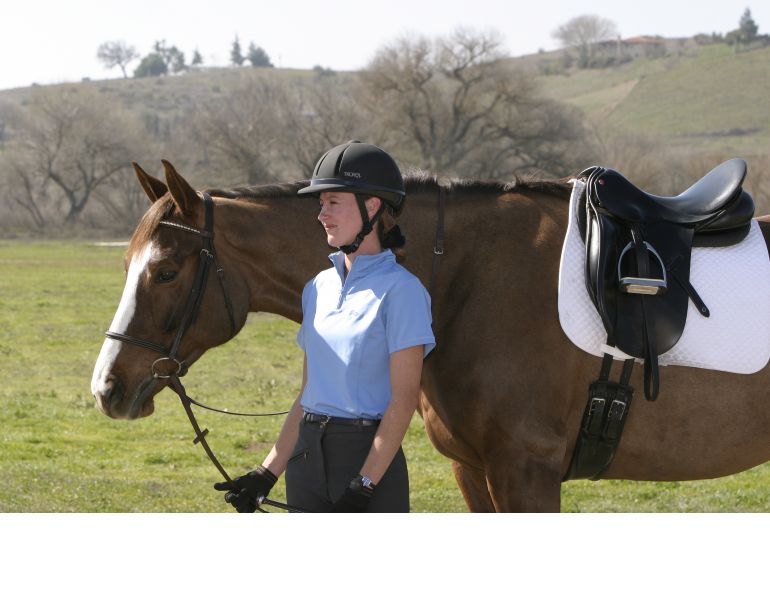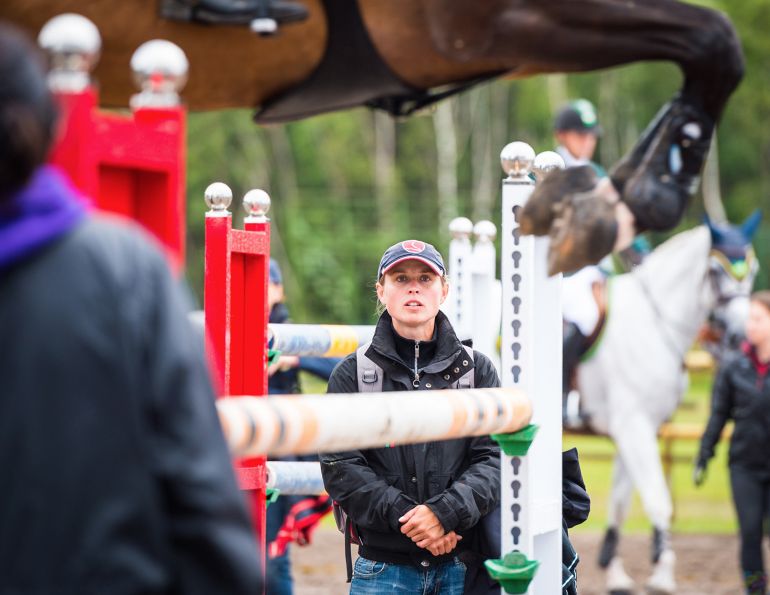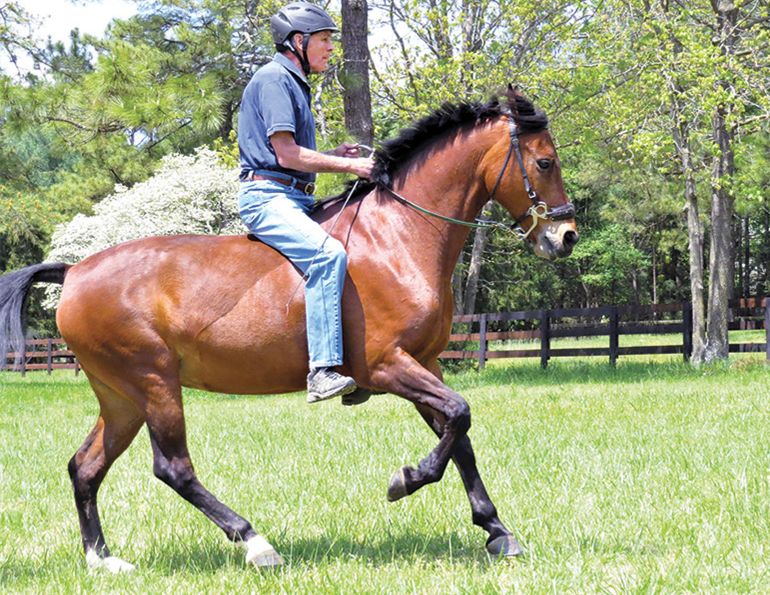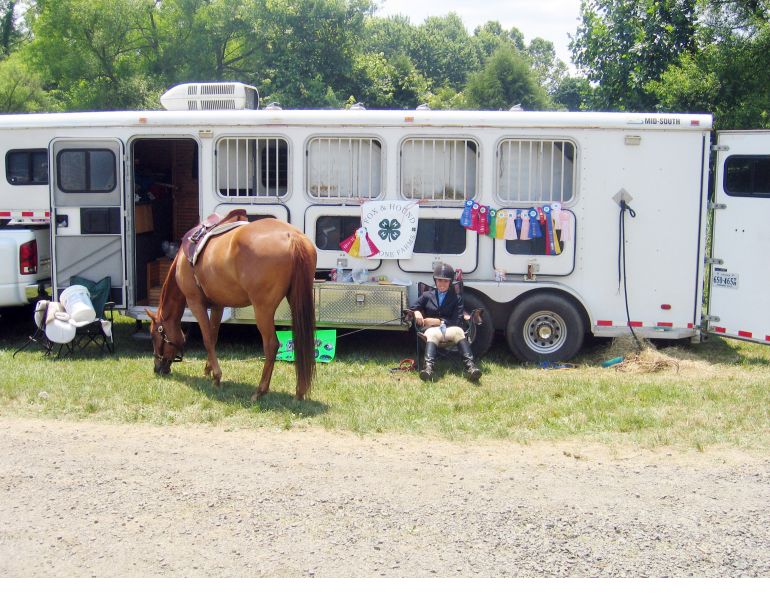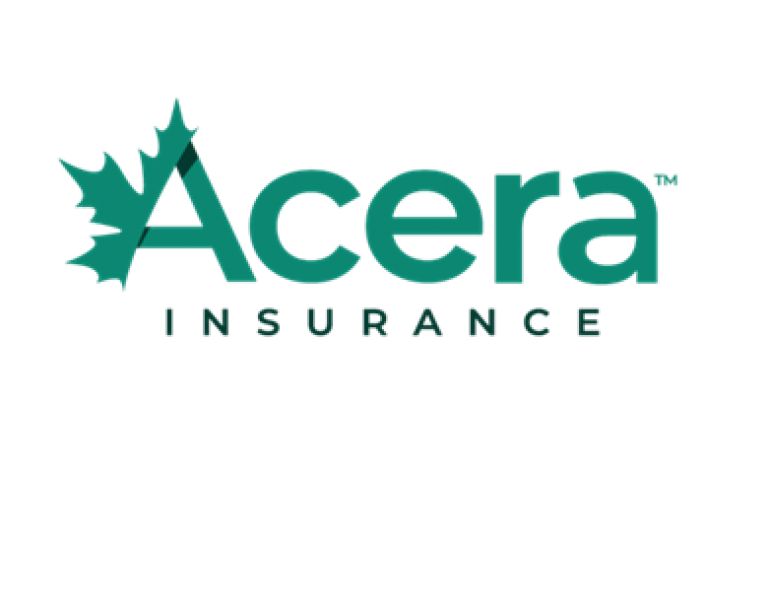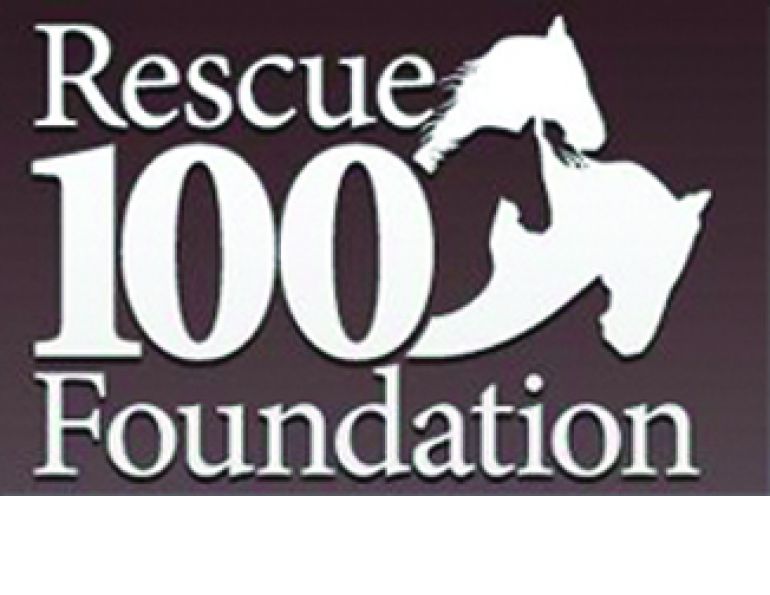By April Clay, M.Ed., Registered Psychologist
I don’t know where to start; it’s just so overwhelming.
How do I start a plan?
What do I include?
How will I know what achievement is?
Somehow, it just seems easier to go out to the barn, muddle my way through it, and hope for the best.
This is dialogue familiar to riders who don’t have concrete training plans. But training plans are doable, and the payoffs can be extraordinary. Imagine the feeling of completing a series of tasks and finding yourself at the end, transformed.
What is your training goal?
It’s always nice to want to go somewhere, do something, or get better at it. But besides vague dreaming you need a target. You might say, “I want to jump in a bigger division by the end of the season.” Or, “I want to win a championship this year.” Most riders will define their goals this way — in terms of outcome. It’s perfectly natural to desire the inspiring pictures you have dreamed up in your mind.
You are less likely to hear an athlete say, “I want to learn to be more consistent with my pace.” Yet, for some riders, both of these goals are important and very much related. So which one is your training goal?
The outcome is your training goal; the other is a learning objective that can help you achieve that goal. You could also call these types of goals “process goals,” and you will need to define both. You need that dream picture, that vision in your mind to fuel your training. It inspires you to stretch yourself that much further, to grind through those days when you would much rather be anywhere else than the training ring.
Let’s take rider Beth as an example. Her goal for the season is to qualify for medal finals. She also had this as a goal last year but it didn’t happen. This year she is not leaving it up to chance, but rather is doing her best to ensure her success by clearly defining what is required of her to realize her dream.
The medal finals are Beth’s ultimate destination, her desired training outcome. But she needs a map now. Next, she’ll have to consult her inner GPS for directions. What road will she take?
Breaking it down
Take a step back from the training outcome, and ask yourself what will need to happen in order to reach that destination. For the rider who wants to compete in a particular division, what are the requirements to do so? What types of skills have to be present, and to what degree? What are your learning objectives?
Beth’s learning objectives were defined as: developing greater consistency in body position over fences, learning to ride tight corners more effectively, being a better competitor under pressure, and improving her eye for a fence.
Beth developed these objectives with the assistance of her coach. It may be helpful for you to consult with someone who has either met this goal themselves or a trainer who can assist you in formulating a detailed plan. Together you can create a map that details all of the skills needed to achieve the goal. Next, ask yourself to what degree you already possess these skills. Is your ability to control your upper body position at 40 or 50 percent? How important is this skill in achieving your goal?
Make sure to include your horse in your training plan. Photo: Robin Duncan Photography
Do you need to reach a threshold of 75 percent with this skill to get to your outcome?
Now you are really breaking things down, getting to the smallest link in the chain. Your plan is starting to flesh out into detail. One great motivating thing about being able to see this progression mapped and written out in front of you is how possible your dreams seem. No longer are they the stuff of fairytales, or reserved for other people somehow more special than you. You can see the road and trace how it leads you, step by step, to where you want to go.
Who is the plan for?
Here’s an interesting, obvious, question that is not often asked: who is actually in training — you or your horse? To a professional rider, the answer is always – both. For some beginner riders on seasoned horses, it will likely be more the human than the equine. But whatever the percentage, don’t forget you are training your team — your relationship. You are trying to improve your daily communications to meet some kind of goal.
Horses don’t read training plans, so you’ll have to lead them through your process. So don’t forget to identify their skill needs in your plan. Does your goal require a certain fitness level for your mount? Will your horse require certain experiences in order to grow his confidence? You’ll need to do a baseline reading of your horse’s level of readiness in relation to your training goal. Then you can chart the progress and needs of your whole team. Your teammate deserves your consideration, so allow your horse to inform your plan.
What is your training philosophy?
What is your belief about training? Is it that the harder you work, the more you will succeed? Does this translate into hours? Do you believe the more hours you put in, the more winning you will be in the tack? Good thing your horse doesn’t understand English, or we would have to cover his ears lest he be let in on this grueling plan of yours.
It is a common trap. It’s the reason why we spend too many hours at work, and then feel guilty for not spending enough time with our family. We throw quality out the window and go for nothing but more, more, more.
It’s healthy for athletes to challenge this training myth. For those involved in physically grueling sports, it’s a must; if they use the “go hard or go home” philosophy with abandon, chances are their bodies with not peak at the right time. As for riders, well, your horses will snort and blow with gratitude for challenging such a sentiment. Is it better to have a 20 minute session about increasing your horse’s sensitivity to your leg (and ending on a good note) or an hour of working on six issues simultaneously that ends in frustration? More is certainly not better. Better is better. Keep this in focus.
A final reason to consider your training philosophy is the mental and physical freshness of you and your horse. If you go at it too hard, all the time, you will both burn out. Worse yet, it’s the way some injuries (of both person and equine) occur.
Allow time in your training program for rest and recovery. Photo: Robin Duncan Photography
Recovery is an important and necessary aspect of any athlete’s training protocol. It is the period of time where muscles are strengthened, resolve is renewed, and motivation replenished. Without recovery, there would be no progress.
Keeping a record
Everyone dislikes, to some degree, the work involved with charting or recording. But this aspect of your training program is crucial and not to be skipped. Writing down where you are going, how you are going to get there, and how many more miles you have to go ensures you will be accountable to yourself.
You can easily make up your own tracking sheet to keep up to date on your progress. Check in once a month and note your improvements. Keep in mind you might also need to refine your goals as you go along if they are no longer applicable or just plain not working for you or your horse.
The important part is that you do keep track. The one place athletes consistently fall down in their training programs is not putting in the work to monitor their vision. It is ultimately the defining factor, what distinguishes goal setting from wishful thinking.
To read more articles by April Clay on this site, click here.
Main photo: Robin Duncan Photography - Your training goal should be defined in terms of outcome, such as a desired performance at an event.



